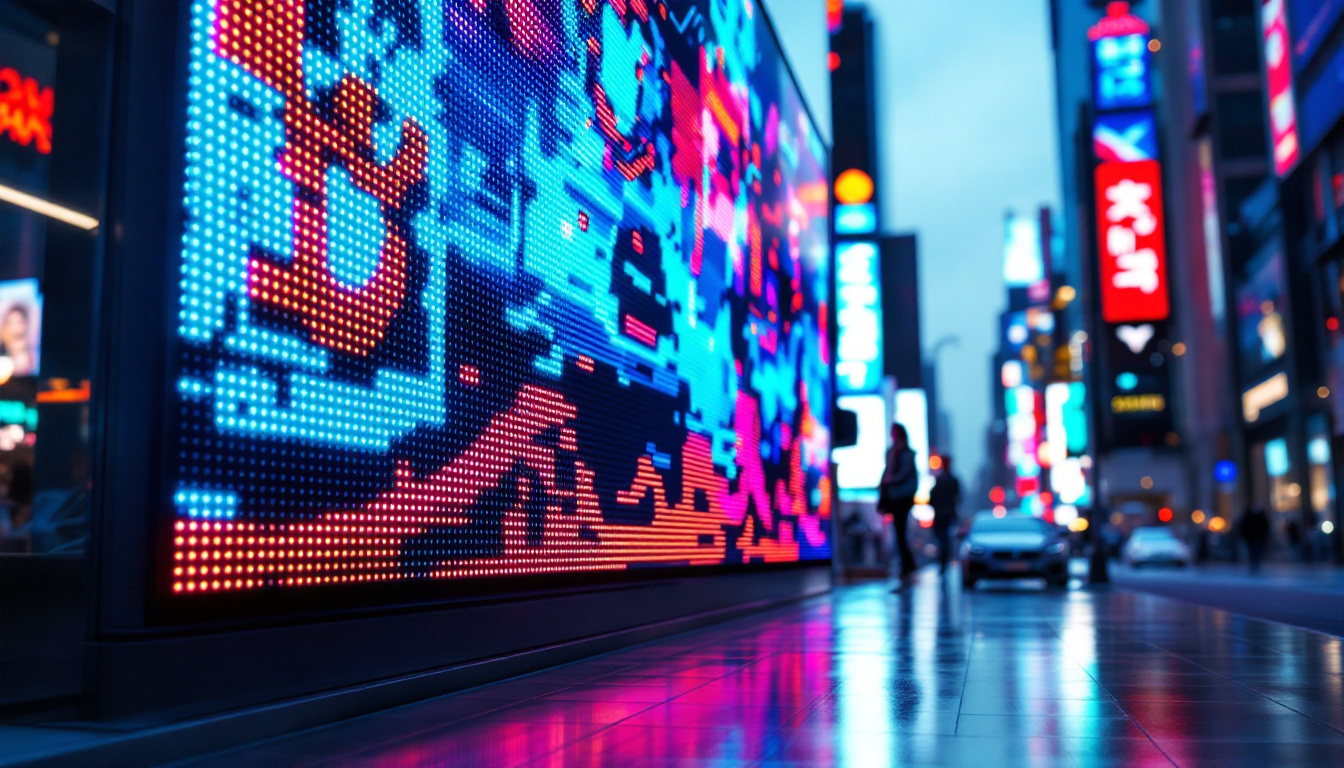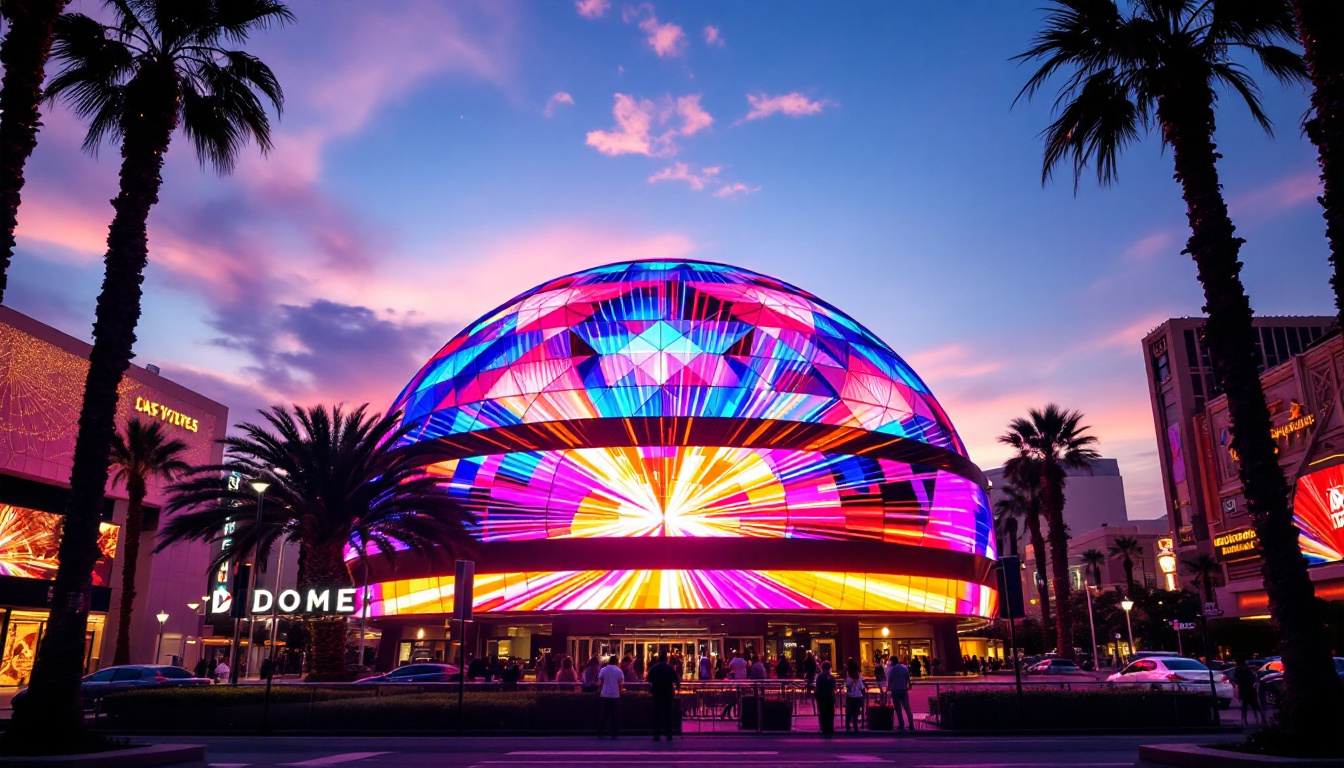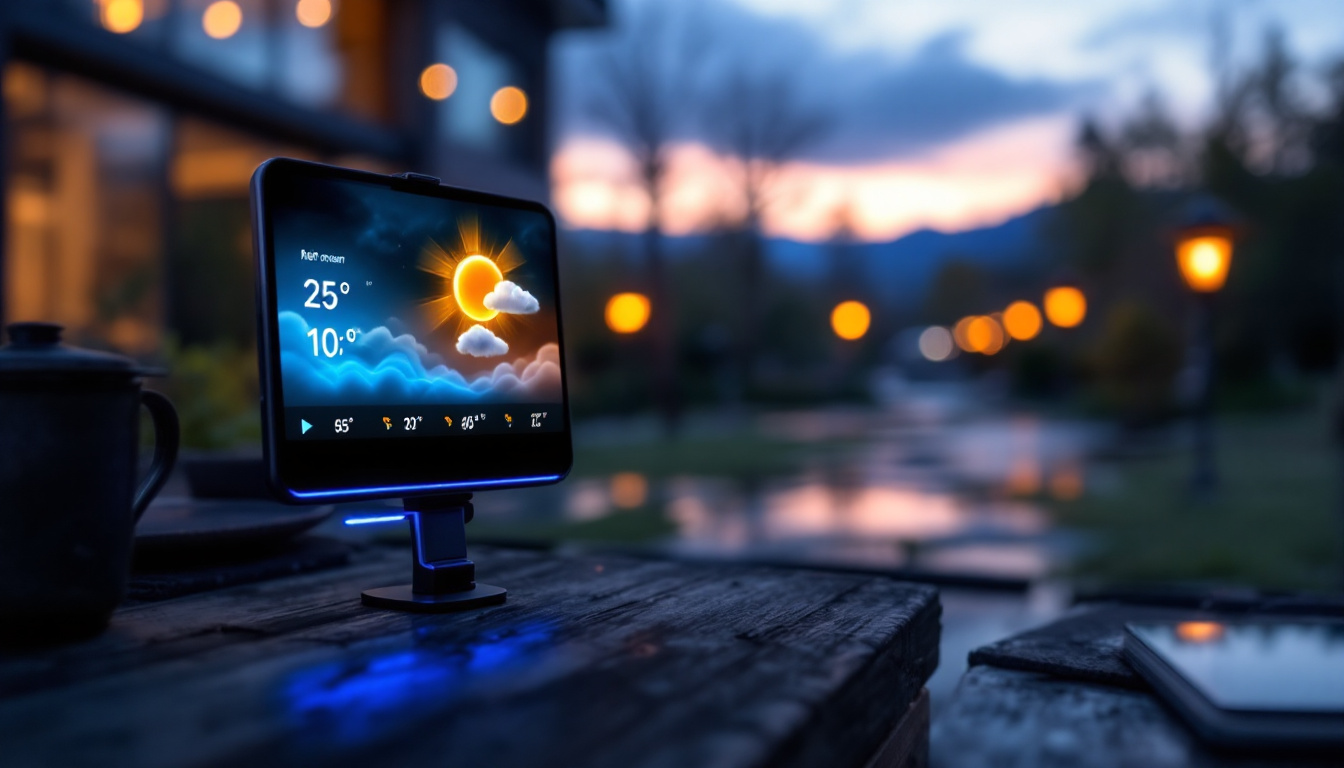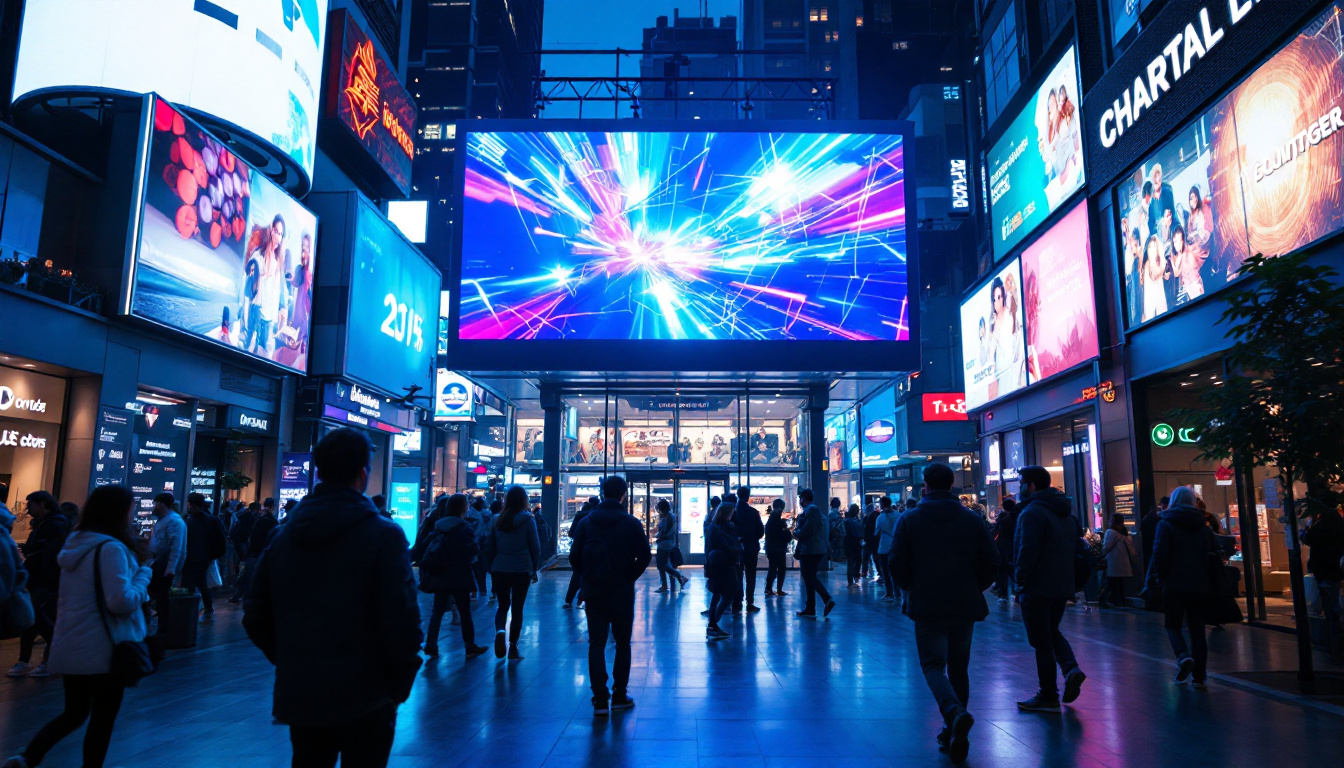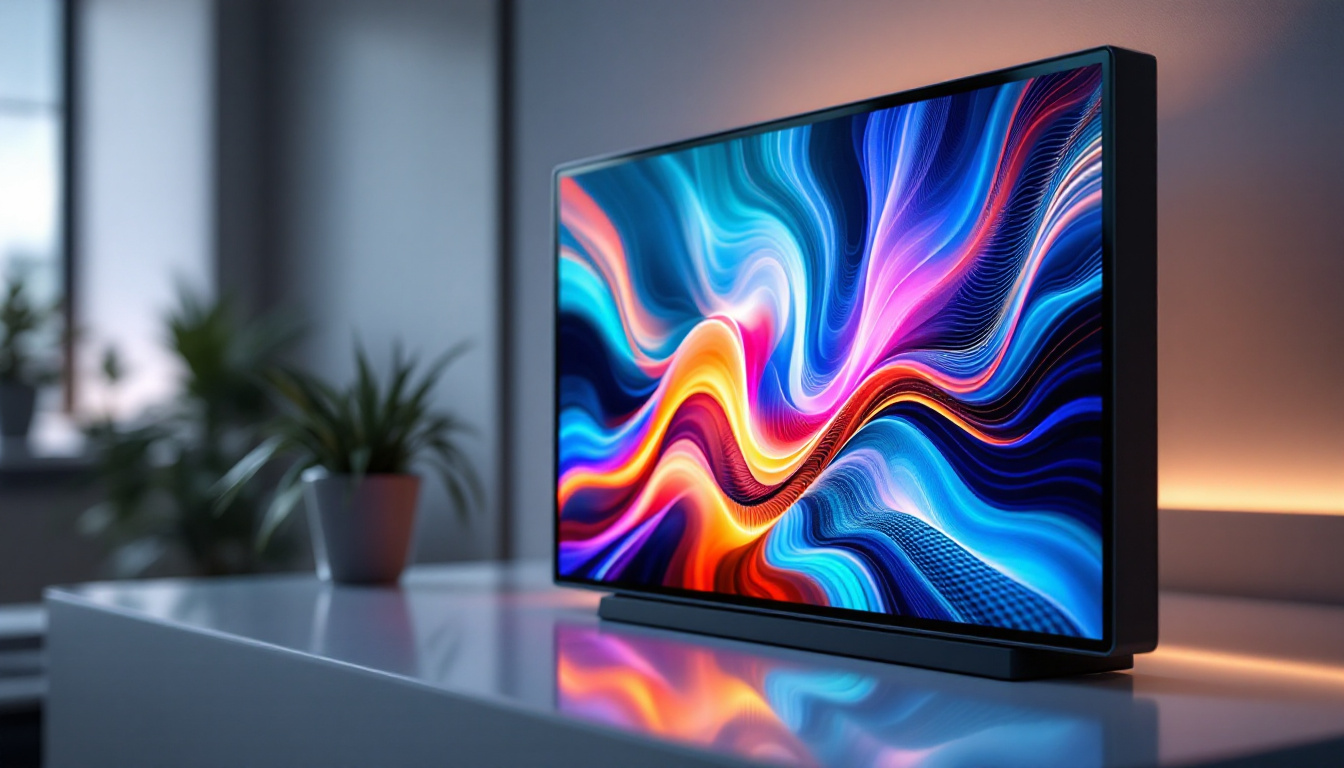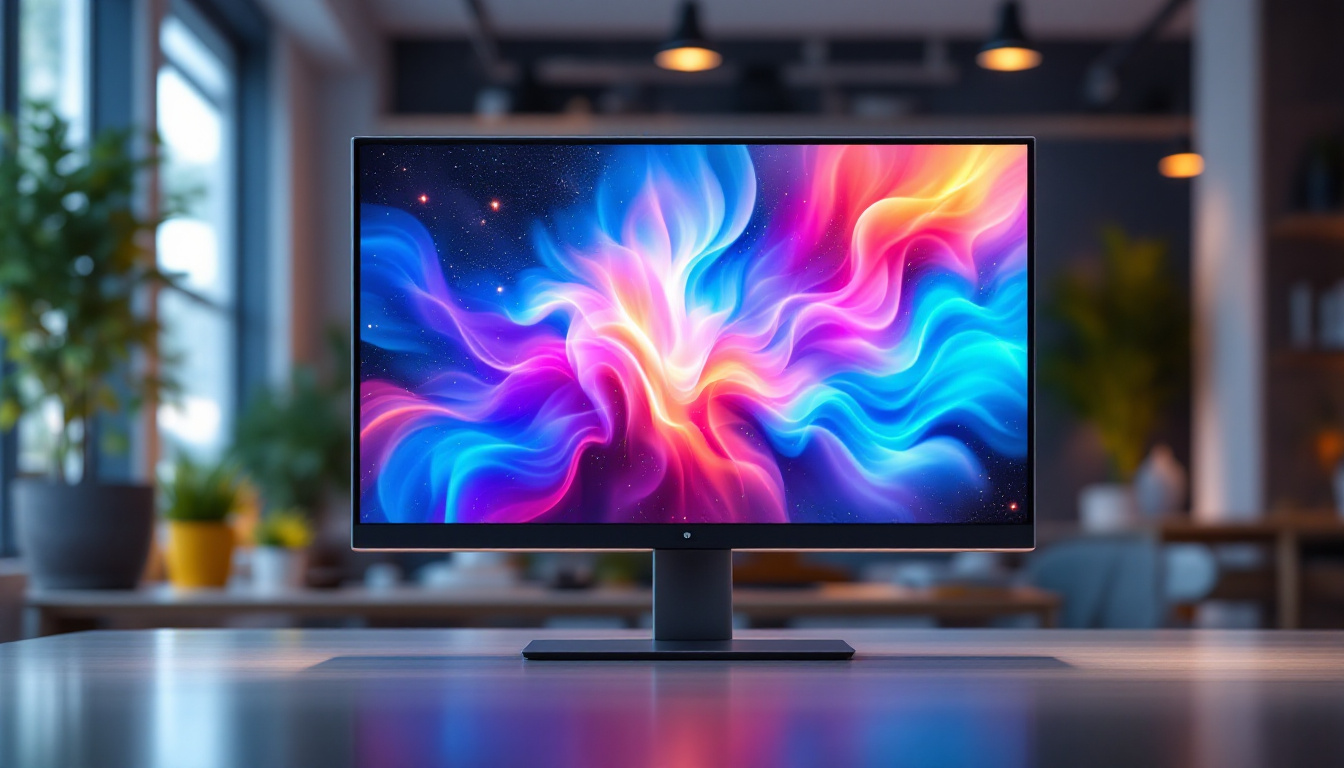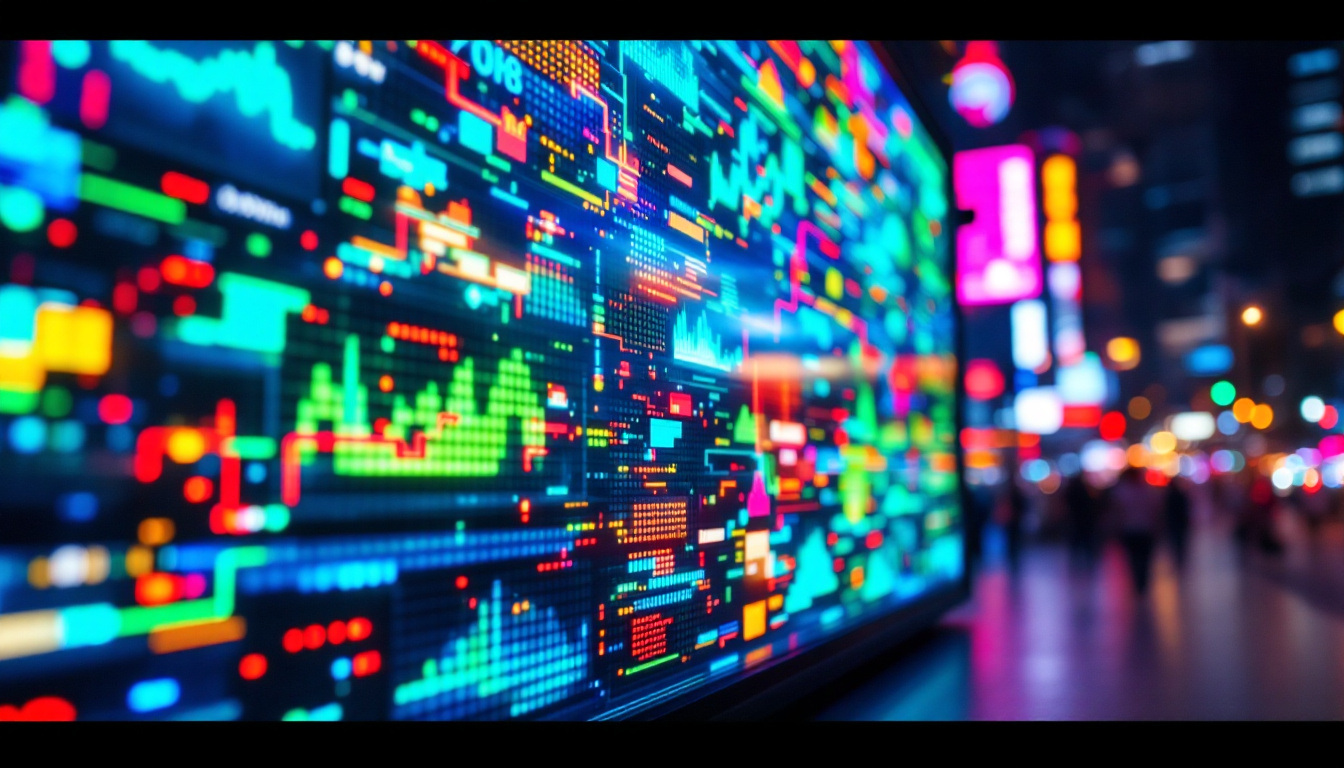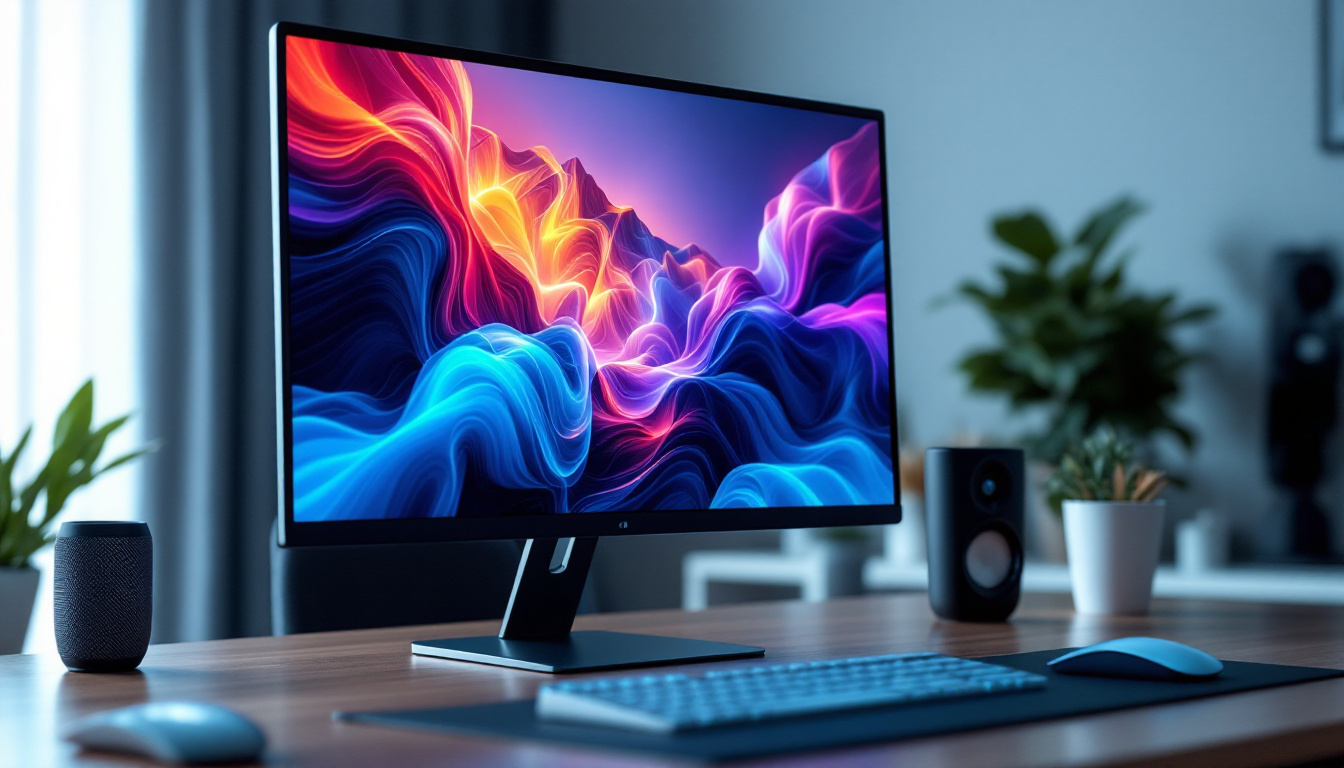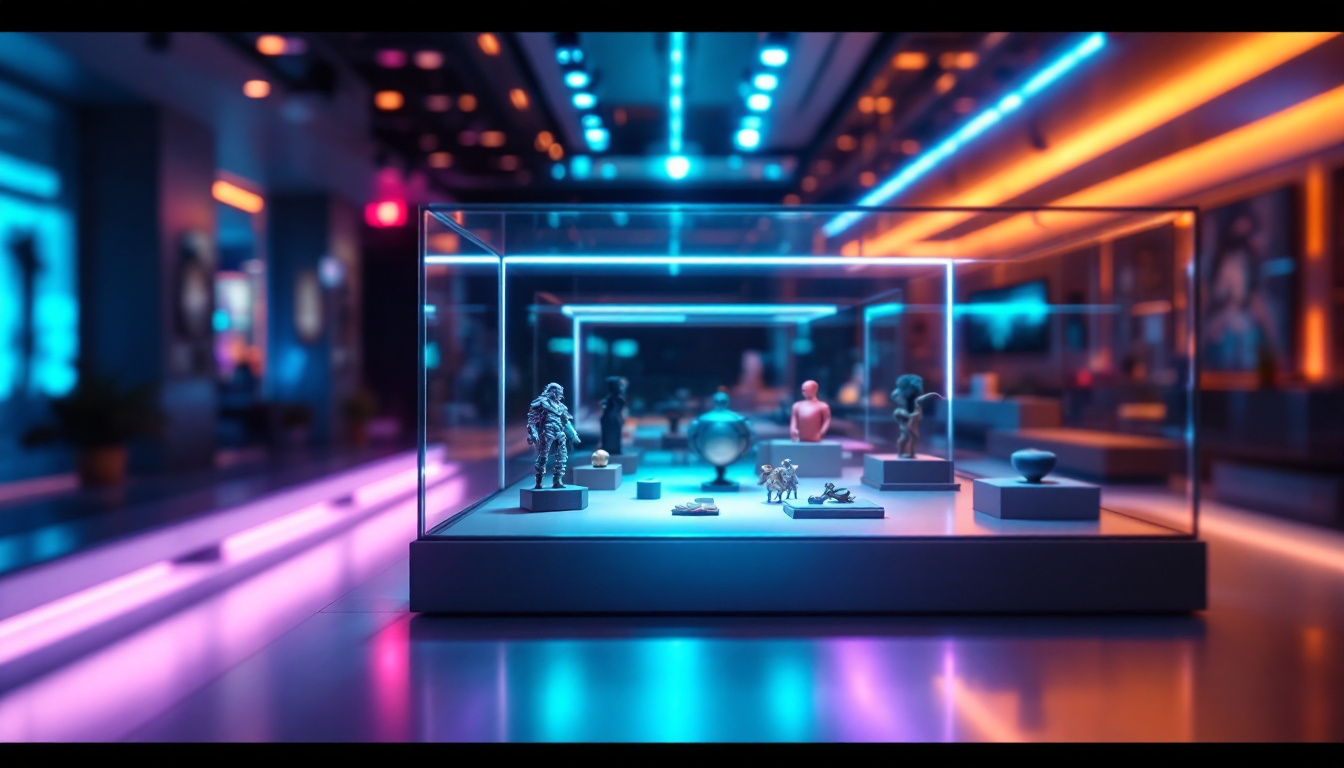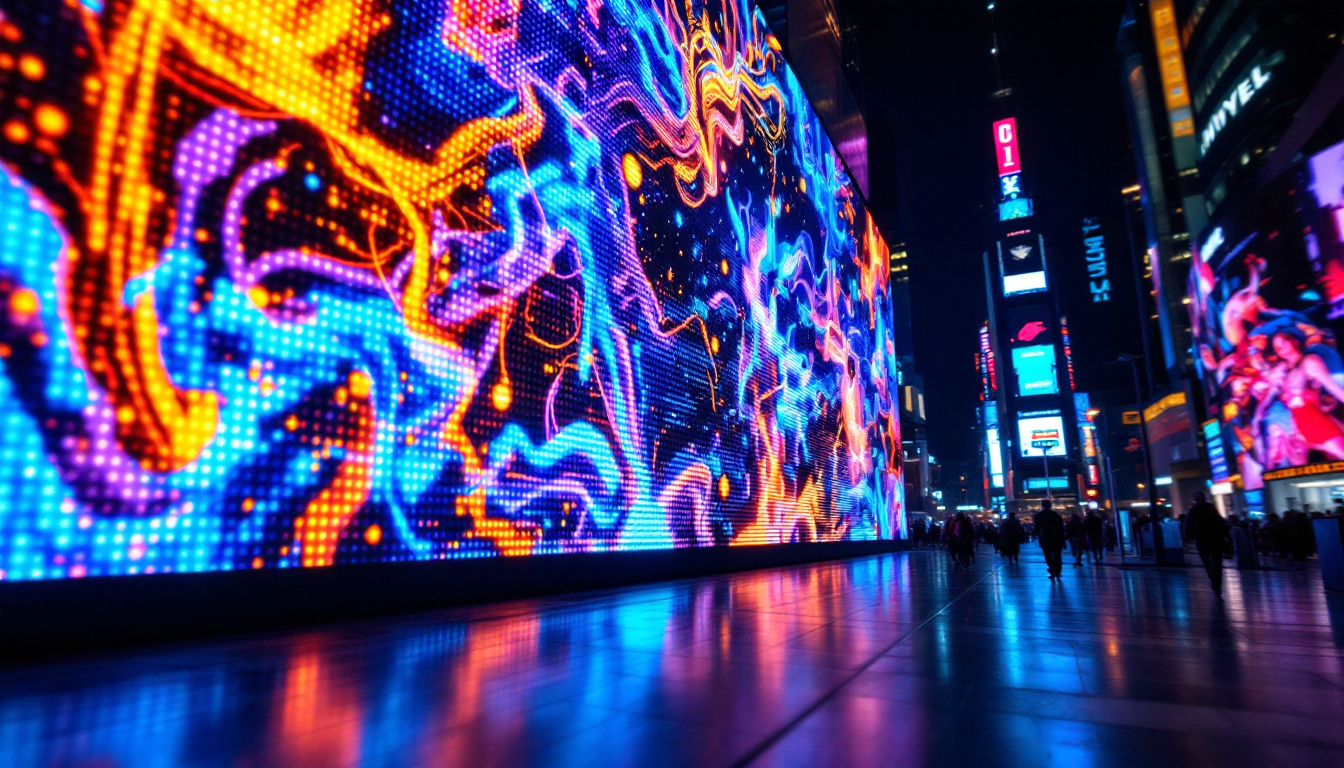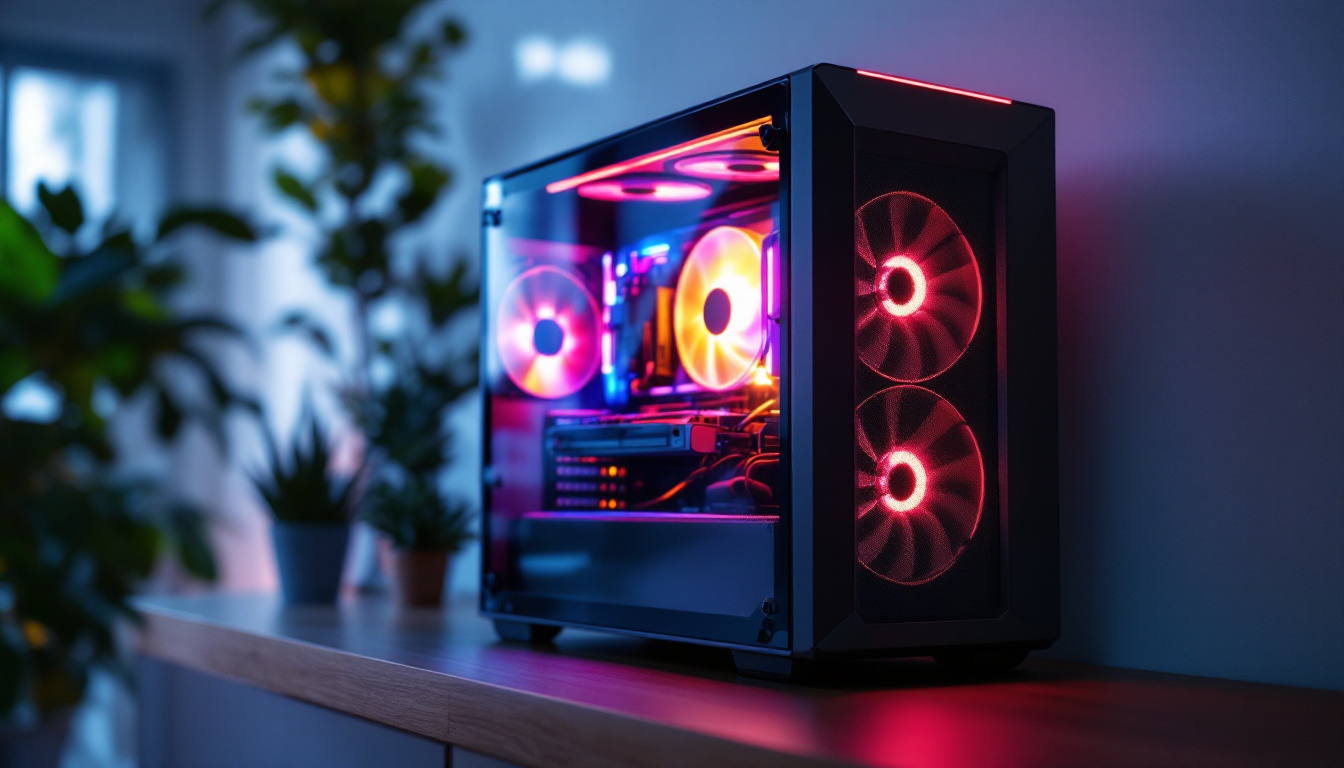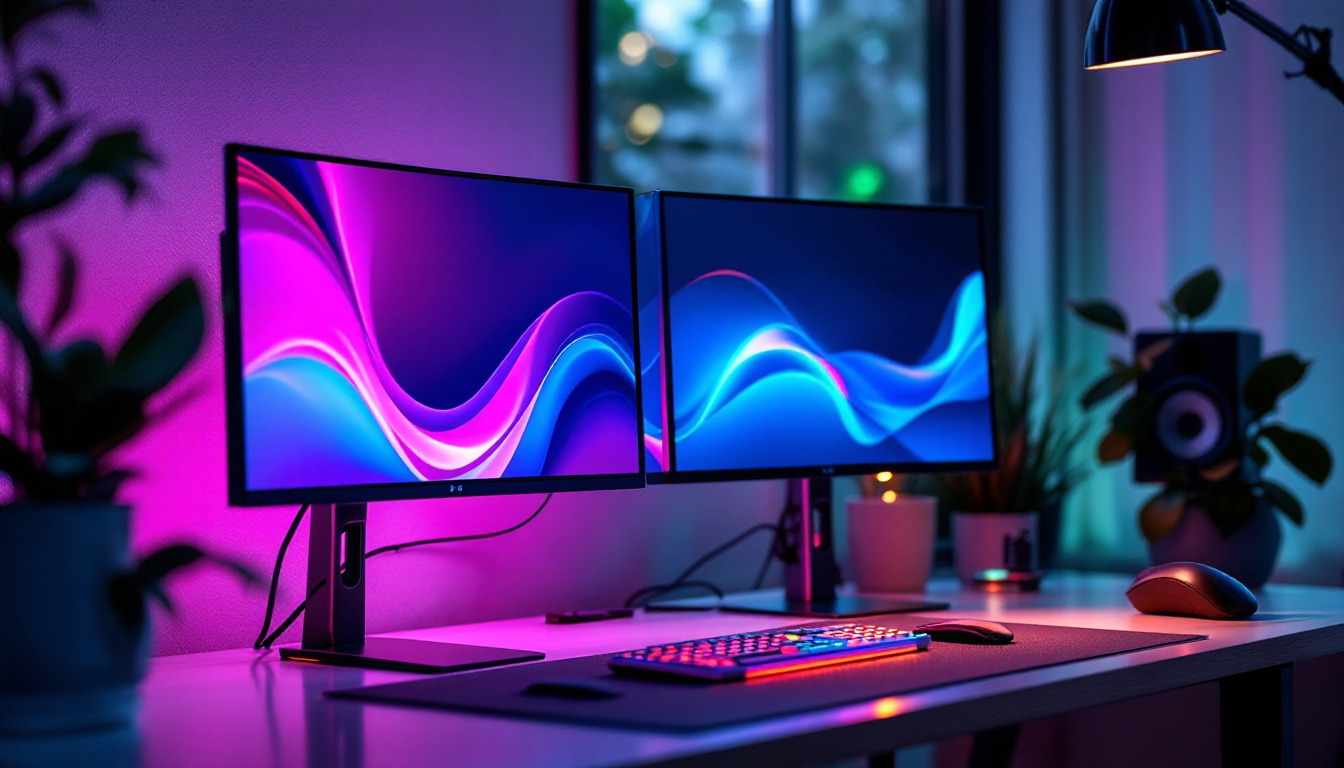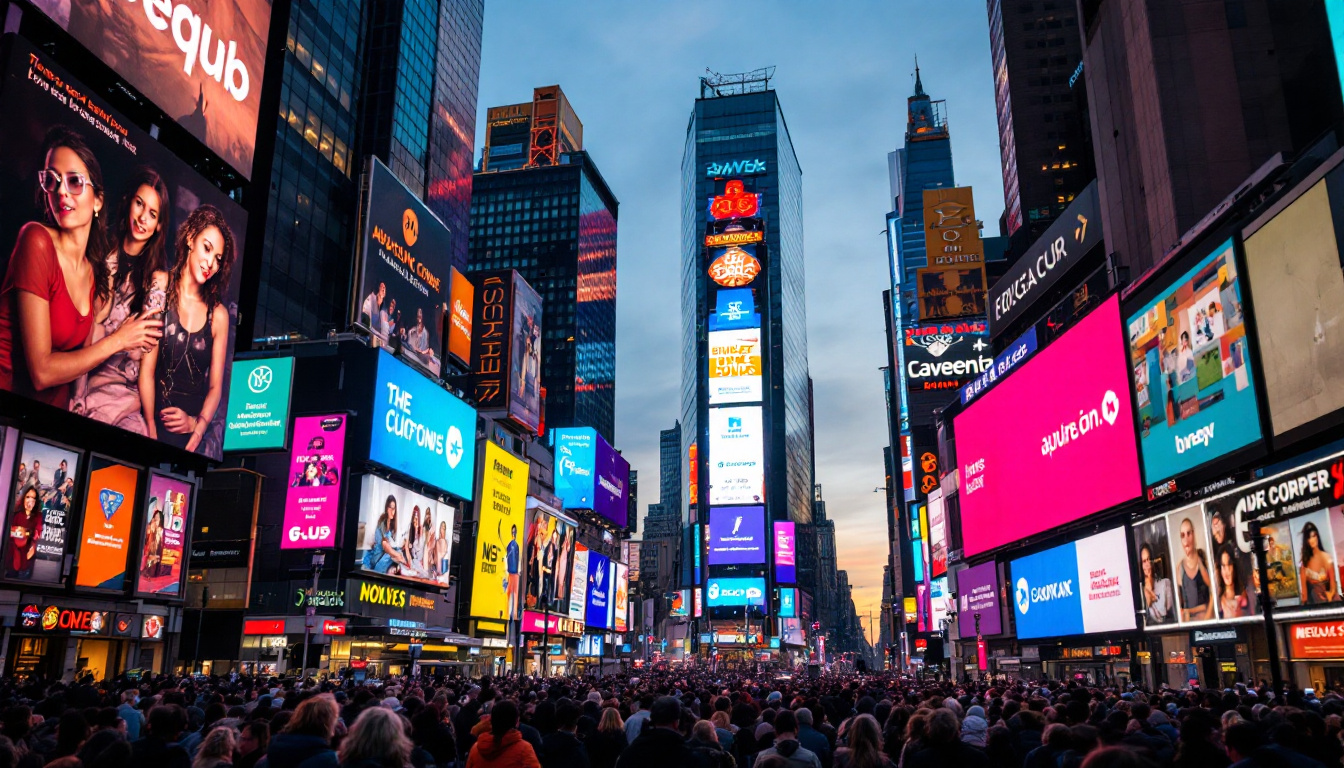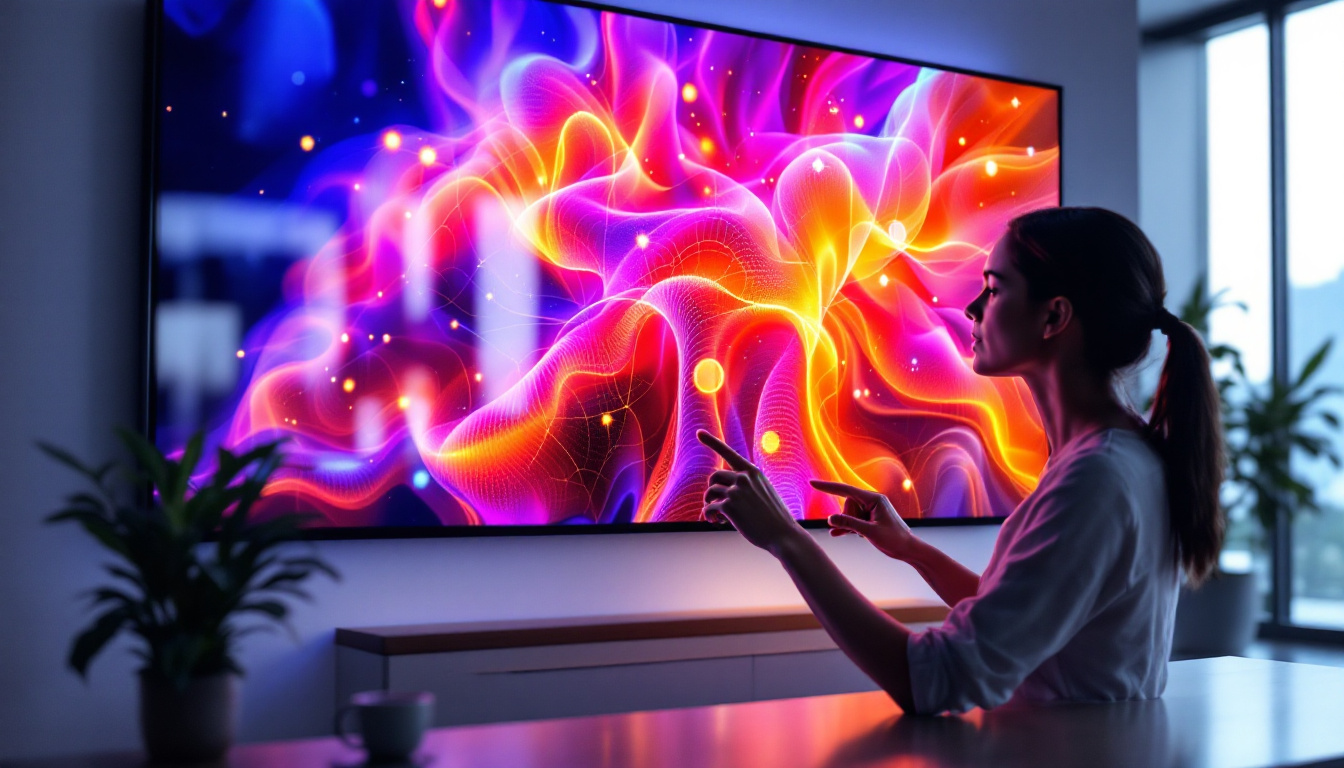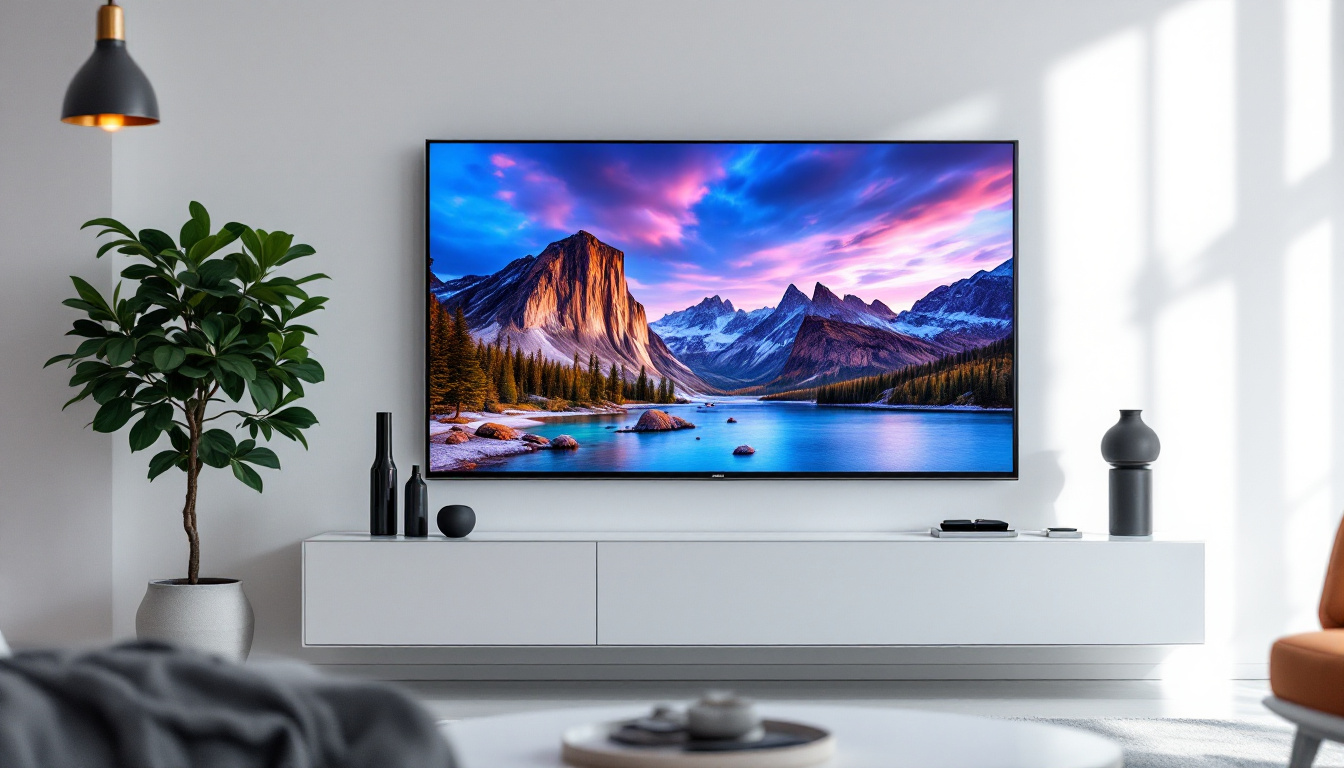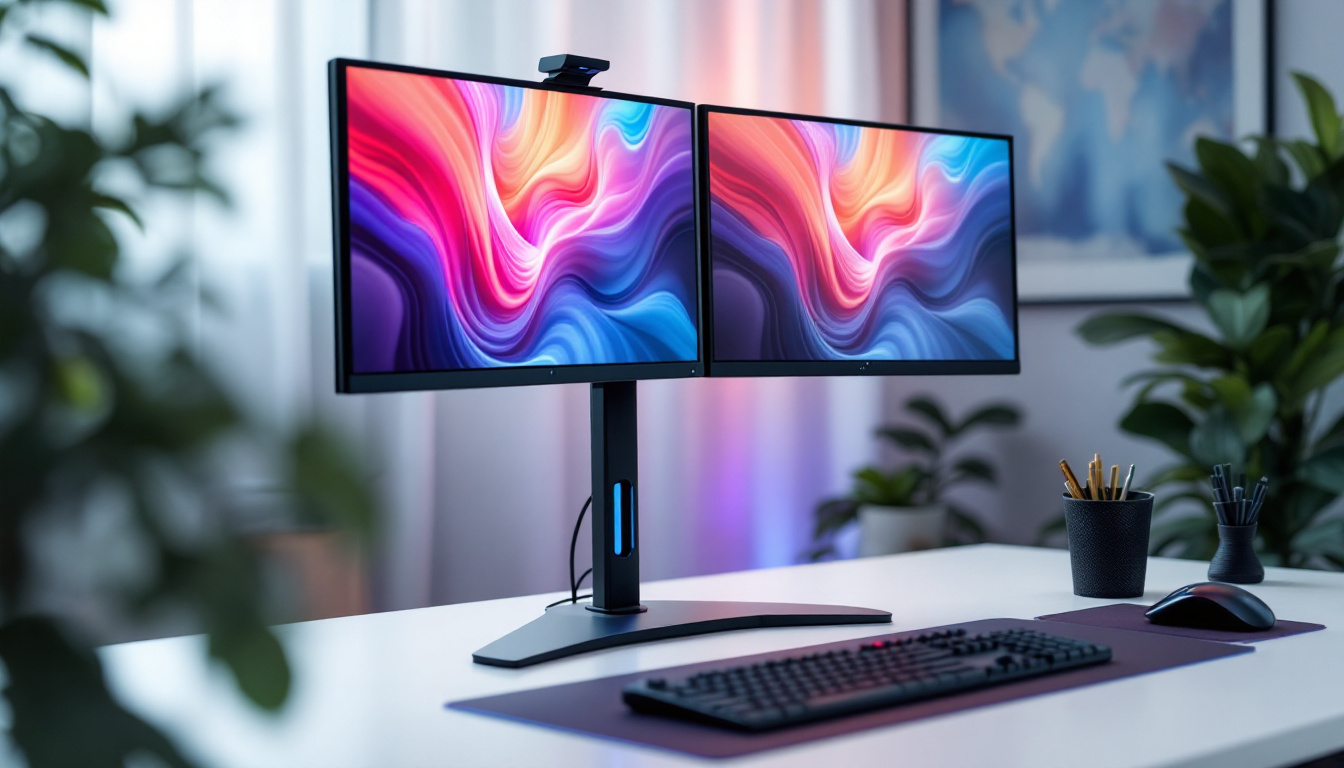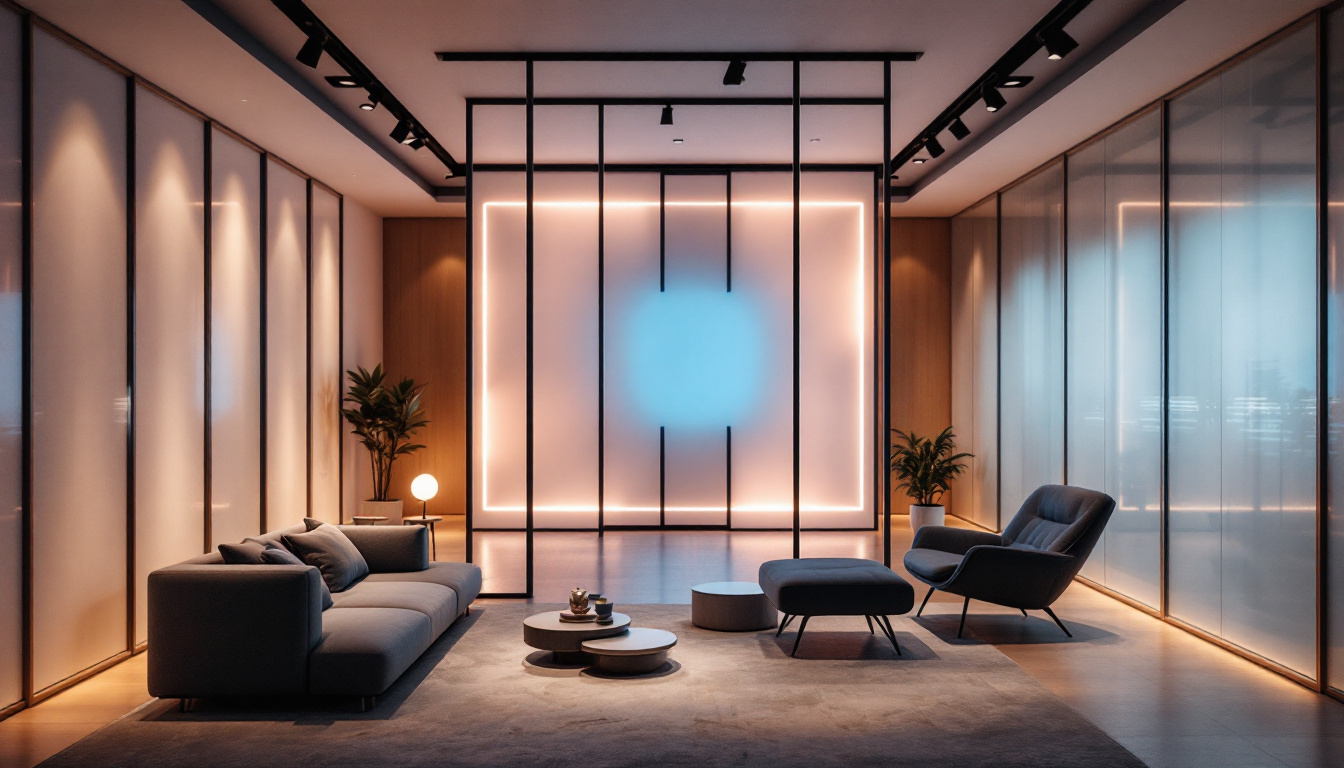The monitor bezel, often overlooked in discussions about display technology, plays a crucial role in the overall functionality and aesthetics of LED displays. Understanding the significance of the bezel can enhance one’s appreciation for modern monitors and their design. This article delves into the various aspects of monitor bezels, particularly in relation to LED displays, and explores their impact on user experience, design considerations, and technological advancements.
Understanding the Monitor Bezel
The monitor bezel is the frame that surrounds the display screen. It serves multiple purposes, from protecting the screen to providing structural support. Bezels come in various shapes, sizes, and materials, and they can significantly influence the overall look and feel of a monitor.
The Purpose of the Bezel
Primarily, the bezel protects the delicate components of the display. It acts as a barrier against dust, moisture, and accidental impacts that could damage the screen. Additionally, bezels can house essential components such as buttons, sensors, and speakers, making them integral to the monitor’s functionality.
Moreover, the bezel contributes to the design aesthetics of the monitor. A sleek, narrow bezel can create a modern look, enhancing the overall visual appeal of the workspace. Conversely, a thicker bezel might be necessary for certain designs or features, but it can detract from the immersive experience that users seek.
In addition to protection and aesthetics, bezels can also play a role in the ergonomics of a monitor. A well-designed bezel can facilitate easier adjustments and positioning of the screen, ensuring that users can achieve optimal viewing angles without strain. This ergonomic consideration is particularly important for professionals who spend long hours in front of their screens, as it can help reduce fatigue and improve overall comfort.
Types of Monitor Bezels
Bezels can be categorized into several types based on their design and functionality. The most common types include:
- Standard Bezels: These are the traditional bezels that surround most monitors. They provide adequate protection and support but can be bulky.
- Narrow Bezels: Also known as ultra-thin bezels, these are designed to minimize distractions and maximize screen real estate. They are particularly popular in multi-monitor setups.
- Frameless Bezels: These bezels offer a near-seamless look, creating an immersive viewing experience. They are often found in high-end displays and are designed for aesthetic appeal.
Another emerging trend in monitor bezels is the use of customizable bezels, which allow users to personalize their monitors to match their individual tastes or workspace themes. These customizable options can include different colors, textures, and even lighting effects, making it possible for users to express their style while enhancing the functionality of their monitors. This trend reflects a growing emphasis on personalization in technology, where users are increasingly seeking devices that not only perform well but also resonate with their personal aesthetics.
Furthermore, the materials used in bezels are evolving as manufacturers explore new options that balance durability with lightweight designs. For instance, some modern monitors utilize materials such as aluminum or high-quality plastics that not only enhance the overall look but also contribute to better heat dissipation. This innovation is crucial in maintaining the longevity of the monitor while ensuring that it remains visually appealing in a variety of settings, from home offices to corporate environments.
The Role of LED Technology
LED (Light Emitting Diode) technology has revolutionized the way displays are made and perceived. LED monitors are known for their vibrant colors, energy efficiency, and slim profiles. The integration of LED technology has also influenced the design of monitor bezels.
Impact on Display Quality
LED displays provide superior brightness and contrast compared to traditional LCDs. This enhanced display quality allows manufacturers to experiment with bezel designs, as the need for a protective frame diminishes with improved screen durability. As a result, many modern LED monitors feature thinner bezels, allowing for a more immersive viewing experience.
Furthermore, the color accuracy and brightness uniformity of LED displays mean that users can enjoy a more consistent visual experience across the entire screen, regardless of bezel thickness. This has led to a trend where manufacturers prioritize design aesthetics without compromising on performance.
Energy Efficiency and Sustainability
LED technology is not only about enhanced visuals; it also promotes energy efficiency. LED monitors consume less power compared to their traditional counterparts, which is a significant consideration for both consumers and manufacturers. A thinner bezel can contribute to a lighter, more efficient design, further enhancing the sustainability aspect of modern displays.
Design Considerations for Monitor Bezels
When designing a monitor, manufacturers must balance functionality, aesthetics, and user experience. The bezel plays a pivotal role in this equation, influencing everything from ergonomics to the overall user interface.
User Experience
The user experience is paramount in monitor design. A well-designed bezel can enhance usability by positioning buttons and ports in convenient locations. For instance, a bezel with integrated controls allows users to adjust settings without needing to navigate through on-screen menus, providing a more intuitive experience.
Moreover, a narrow or frameless bezel can create a more immersive experience, especially in gaming or multimedia applications. Users often prefer displays that minimize distractions, allowing them to focus on the content rather than the hardware surrounding it.
Ergonomics and Functionality
Ergonomics is another critical consideration in bezel design. A bezel that is too thick can obstruct the view, especially in multi-monitor setups, where seamless transitions between screens are desired. Manufacturers are increasingly aware of this need and are designing bezels that facilitate better alignment and positioning.
Additionally, the functionality of the bezel can extend beyond mere aesthetics. Some monitors feature adjustable bezels that can change based on the user’s preferences, allowing for a customizable experience that caters to individual needs.
Technological Advancements in Bezel Design
As technology evolves, so does the design of monitor bezels. Innovations in materials and manufacturing processes have led to new possibilities in bezel design, enhancing both performance and aesthetics.
Materials Used in Bezels
Modern bezels are often made from a variety of materials, including plastic, metal, and glass. Each material has its advantages and disadvantages. For instance, plastic is lightweight and cost-effective, while metal offers durability and a premium feel. Glass bezels, on the other hand, can provide a sleek, modern look but may be more prone to damage.
Manufacturers are also experimenting with composite materials that combine the best features of different substances, resulting in bezels that are both lightweight and sturdy. This innovation allows for thinner designs without sacrificing durability.
Manufacturing Techniques
Advancements in manufacturing techniques have also played a significant role in bezel design. Techniques such as injection molding and CNC machining enable manufacturers to create complex shapes and features that were previously impossible. This has led to the development of bezels with intricate designs that enhance the overall aesthetic appeal of monitors.
Moreover, improvements in production efficiency mean that manufacturers can produce monitors with thinner bezels at a lower cost, making them more accessible to consumers. This democratization of technology has resulted in a wider variety of monitors on the market, catering to different preferences and budgets.
Future Trends in Monitor Bezels
The future of monitor bezels is likely to be shaped by ongoing advancements in technology and changing consumer preferences. As the demand for larger, more immersive displays continues to rise, manufacturers are exploring new ways to optimize bezel design.
Ultra-Thin and Frameless Designs
As technology progresses, the trend towards ultra-thin and frameless bezels is expected to continue. These designs not only enhance the visual appeal of monitors but also create a more immersive experience for users. With the rise of virtual reality and augmented reality applications, the need for minimal distractions will drive the demand for bezels that blend seamlessly with the screen.
Additionally, as multi-monitor setups become more common, the demand for bezels that facilitate better alignment and reduced gaps between screens will increase. Manufacturers are likely to focus on creating bezels that enhance the overall user experience in these configurations.
Integration of Smart Features
Another trend on the horizon is the integration of smart features into monitor bezels. This could include touch-sensitive controls, customizable lighting, or even built-in sensors that adjust display settings based on ambient light conditions. Such innovations would not only enhance usability but also add a layer of interactivity to the user experience.
As the Internet of Things (IoT) continues to expand, the potential for smart bezels that connect with other devices and applications could redefine how users interact with their monitors. This integration of technology could lead to a more cohesive and intuitive workspace.
Conclusion
The monitor bezel, while often taken for granted, plays a vital role in the functionality and design of LED displays. Understanding its significance can provide valuable insights into the evolution of monitor technology and design. As advancements continue to shape the industry, the future of monitor bezels promises to be exciting, with innovations that enhance both aesthetics and user experience.
In a world where visual clarity and immersive experiences are paramount, the bezel will undoubtedly continue to evolve, reflecting the changing needs and preferences of users. Whether it’s through the adoption of ultra-thin designs, the integration of smart features, or the use of innovative materials, the monitor bezel will remain an essential component of display technology, bridging the gap between functionality and aesthetics.
Discover the Future of LED Displays with LumenMatrix
As you’ve explored the importance of monitor bezels in LED display technology, it’s clear that the right display can transform your visual experience. LumenMatrix stands at the forefront of these innovations, offering a wide range of LED display solutions tailored to meet your needs. From immersive Indoor LED Wall Displays to dynamic Outdoor LED Wall Displays, and from versatile Vehicle LED Displays to engaging LED Sports Displays, LumenMatrix is dedicated to enhancing your brand’s visibility and audience engagement. Embrace the future of visual communication with our cutting-edge LED display modules. Check out LumenMatrix LED Display Solutions and see how we can help you make a lasting impression.



